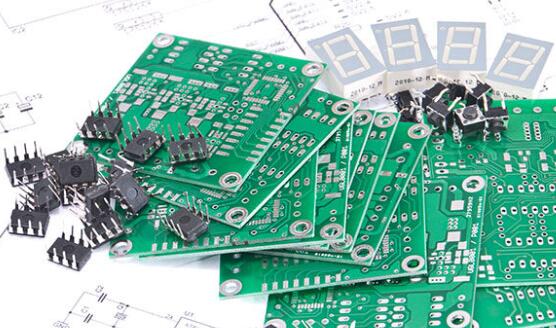PCB assembly is the finished board where all components are welded and installed on a printed circuit board (PCB). The conductive path carved on the laminated copper sheet of a PCB is used within a non-conductive substrate to form a component.

Method of low-cost PCB assembly
1. Place the Surface Mount Components On a Single Side
Any PCB cost estimator will display that the PCB cost of surface-mounted components on both sides is higher than that of surface-mounted components on one side. Single-sided PCB only needs to be selected and placed once, rather than twice. This helps to save on mold costs.
2. Label Designators Properly
The purpose of indicators is to identify components. When the identifier is clear and close to the relevant part, the setting process becomes easier. Appropriate labeling can also help eliminate issues where manual placement may increase costs.
3. Panelize The Printed Circuit Board
If you produce a large number of PCBs, it is best to provide PCBs in the panel. It helps to improve efficiency and minimize manufacturing costs. Multiple iterations of a PCB in a single group can reduce SMT. This will make it easy for the picking and placing machine to pick and place components on the PCB (PCB assembly operation).
4. Minimize the Board Size
As you would expect, the size of a PCB has a significant impact on production costs. Larger circuit boards may be easier to wire, but production costs are higher.
5. Reasonable location arrangement
Maintain a minimum distance of 100mil between the components and the edges of the printed circuit board. Sufficient spacing is required to allow for personalization of circuit components. Distribute components evenly on the circuit board as much as possible to better distribute heat in the reflow furnace.
6. Avoid placing smaller SMT parts next to larger or higher parts to make welding oversized parts easier and less time-consuming. Keeping similar components in the same direction makes it easier for PCB assembly plants to install and inspect parts.
7. Minimize the use of through-hole parts as they require PCBs with drilled holes, and components are usually manually welded. Therefore, you need to pay more for PCB assembly. Surface-mounted devices are assembled using machines and do not require drilling holes on PCBs.
Factors affecting PCB assembly costs
1. Number of layers
This is obvious, as the more layers in the assembly, the higher the cost. It is also necessary to require gaps between the layers to avoid higher scrap rates.
2. Size and shape
The larger the circuit board, the more expensive it becomes. Shape may also be a key factor. Keeping your circuit board in the common square and rectangular shapes can more effectively assemble the circuit board. In addition, avoid slotting as much as possible to avoid additional costs.
3. Hole size and quantity
The hole and ring are exactly the opposite. Smaller holes require more precise mechanical and possible additional chemical treatments, thereby increasing the price. Try to use 0.4 "holes and 0.3" or larger rings as much as possible to maintain lower costs.
4. Complexity
Another obvious issue is that the more complex your circuit board is, the higher the pricing tends to be. Focusing on designing simpler circuit boards, fully utilizing them without sacrificing component gaps.
When it comes to the PCB assembly process, it is also possible to reduce PCB production costs. One method is to change the specifications of the PCB and the content of related products. For example, you can choose a PCB with less than 14 layers.